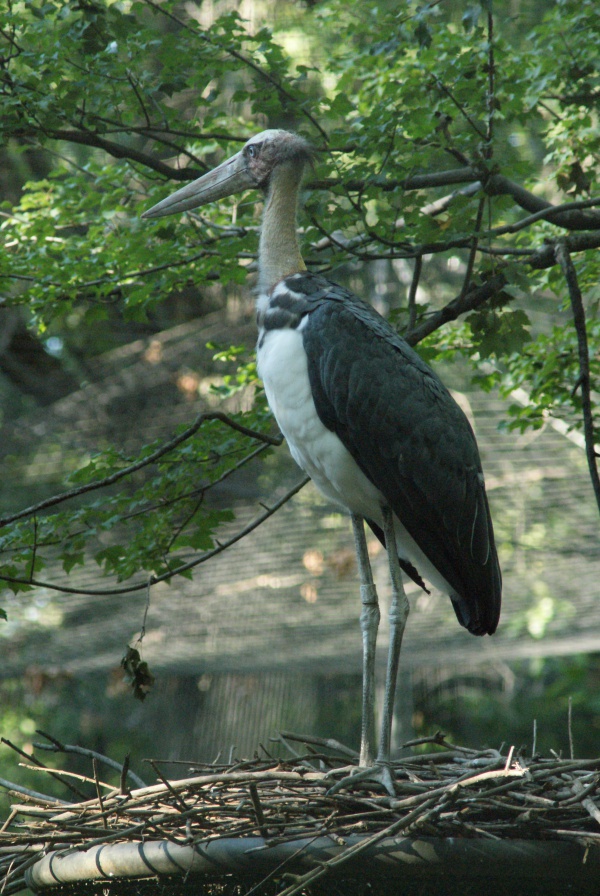Facts About Lesser adjutant
The lesser adjutant is a captivating large wading bird belonging to the stork family, Ciconiidae. With its distinctive bare neck and head, this bird is easily recognizable in its preferred wetland habitats. Unlike its close relative, the greater adjutant, the lesser adjutant is more solitary and less inclined to scavenge. You can find this species ranging from India through Southeast Asia to Java.
One of the most striking features of the lesser adjutant is its upright posture, accompanied by a bare head and neck. It also boasts a straight upper bill, dark plumage, and a white belly and undertail. During the breeding season, the bird’s face turns reddish, and its neck becomes orange.
These birds typically inhabit areas near large rivers, lakes, freshwater wetlands in agricultural regions, and coastal wetlands such as mudflats and mangroves. They are observed in countries including India, Nepal, Sri Lanka, Bangladesh, Myanmar, Thailand, Vietnam, Malaysia, Laos, Singapore, Indonesia, and Cambodia, with the largest population found in Cambodia. The species forms breeding colonies in various locations, and their nesting habits can vary depending on the region.
The lesser adjutant has an eclectic diet that includes fish, frogs, reptiles, large invertebrates, rodents, small mammals, and occasionally carrion. They display unique behaviors during courtship, breeding, and when threatened. Breeding pairs construct large nests out of sticks in tall trees and typically lay two to four white eggs. The eggs take approximately 28-30 days to hatch. The success of their breeding depends on factors such as the size of the colony, the extent of available wetlands, and proximity to human activity.
Interestingly, agricultural landscapes with flooded crops followed by winter crops seem to enhance their breeding success. However, changes in cropping patterns can impact their ability to raise chicks. There have also been instances of hybridization with other species, like the painted stork, particularly in captivity.

 Myanmar (Burma)
Myanmar (Burma)